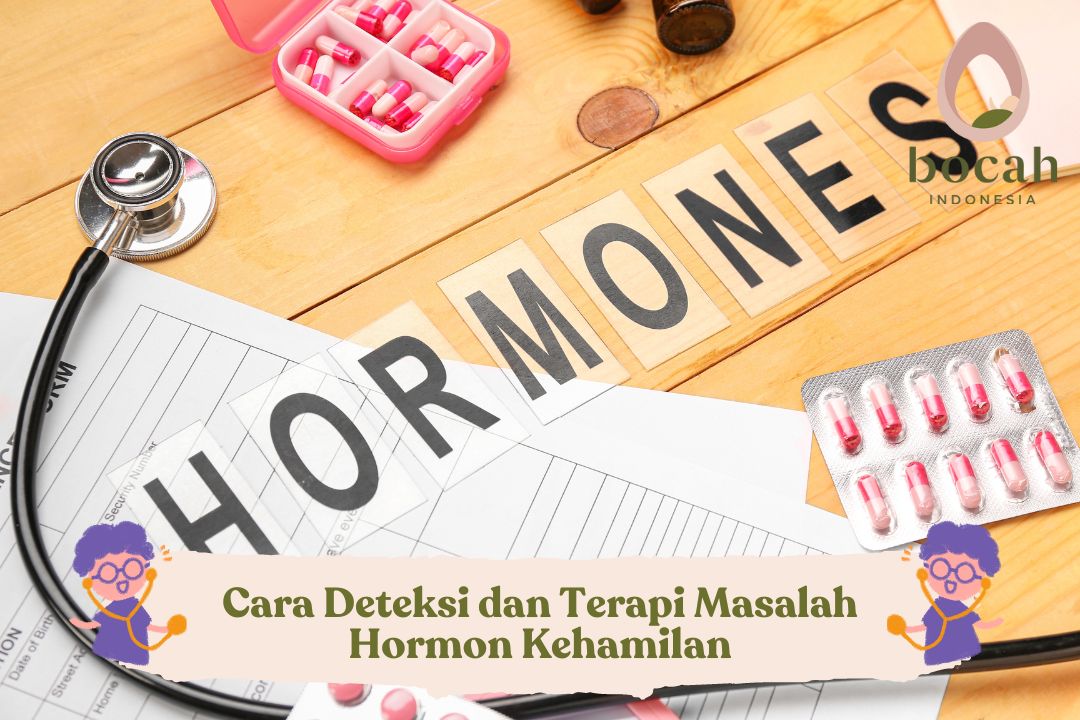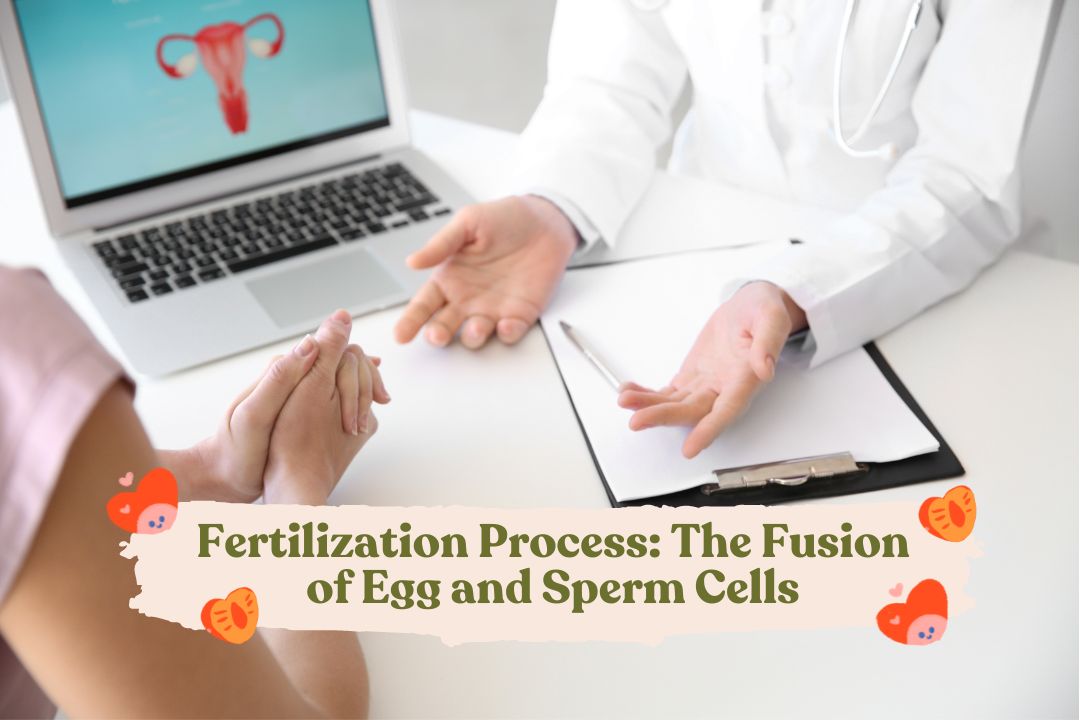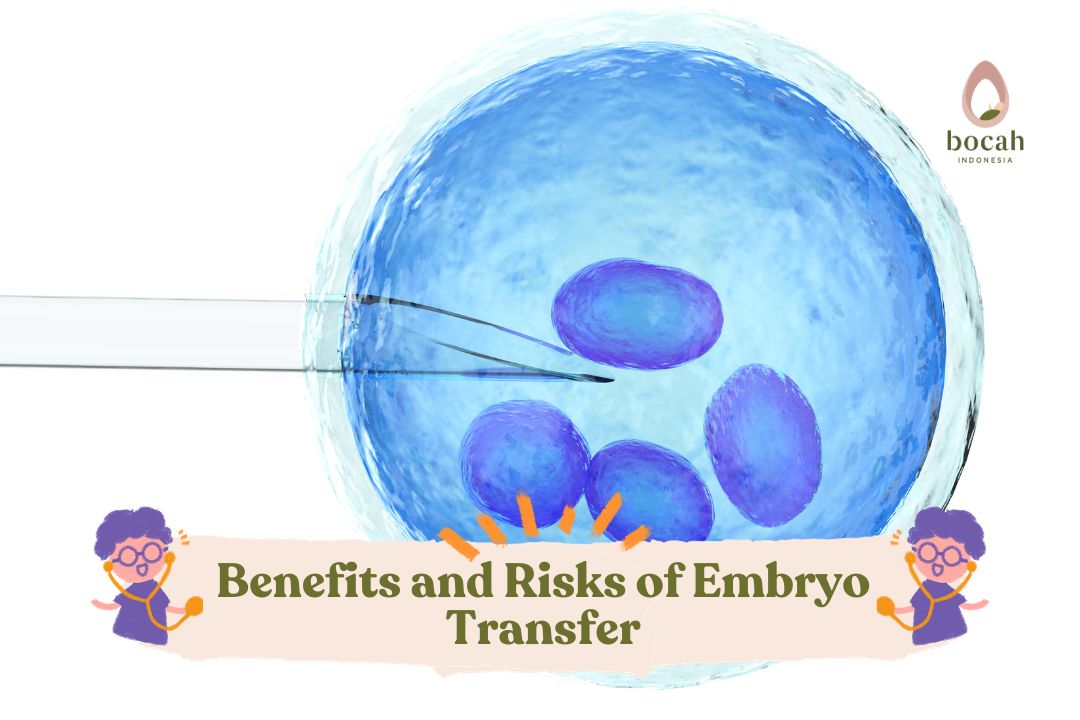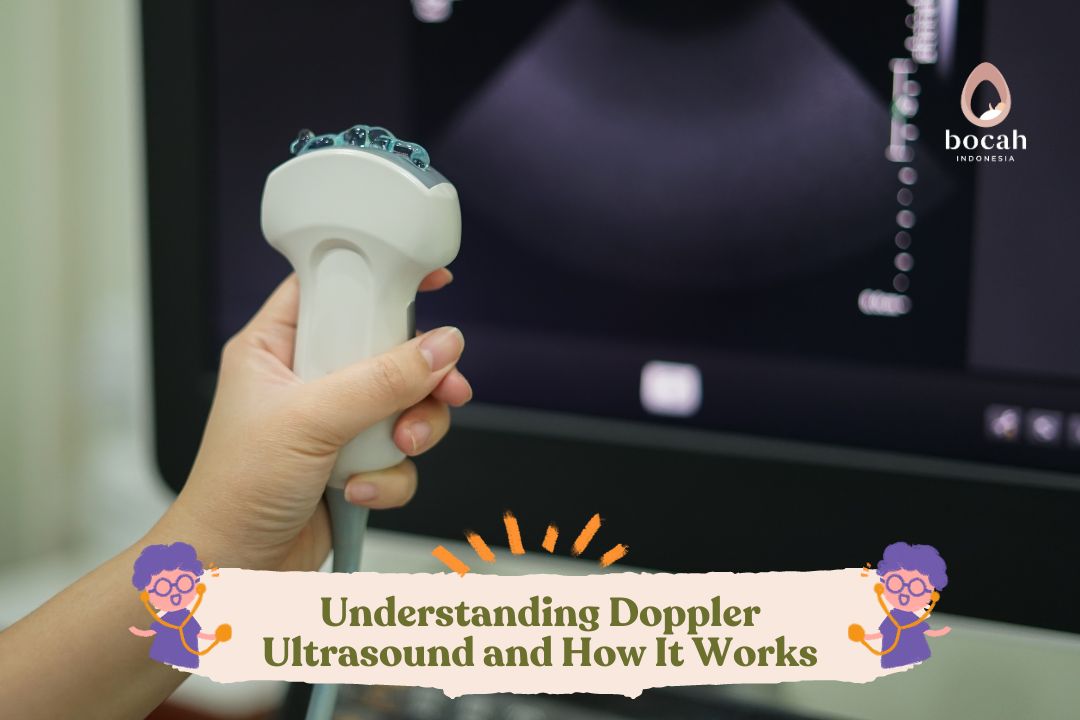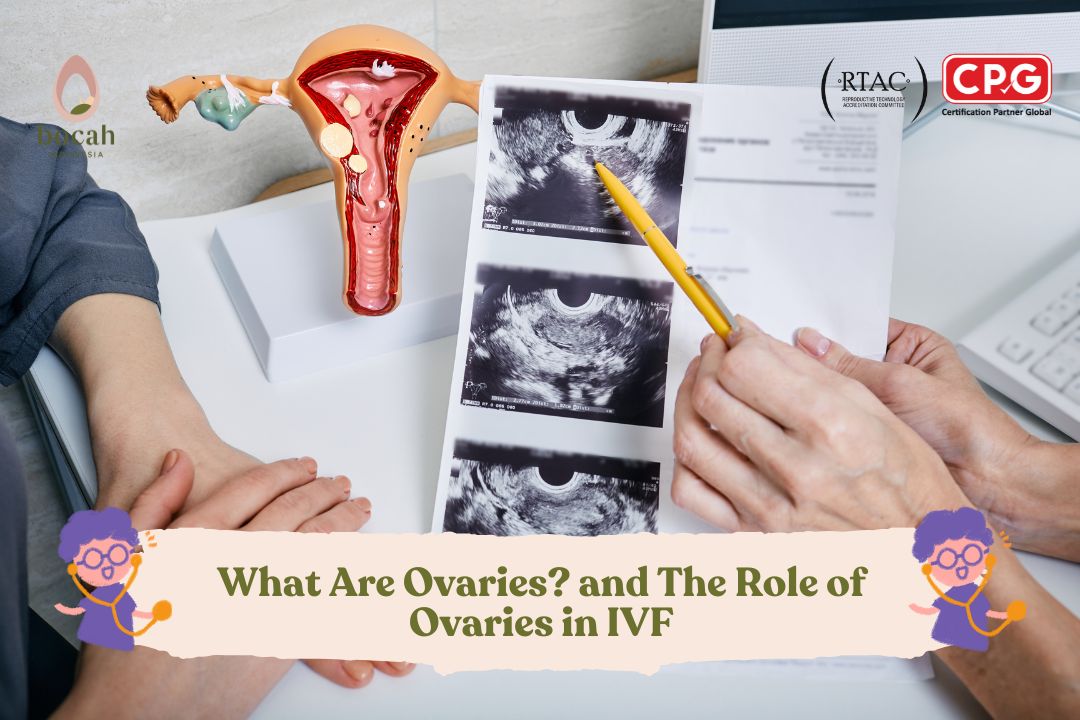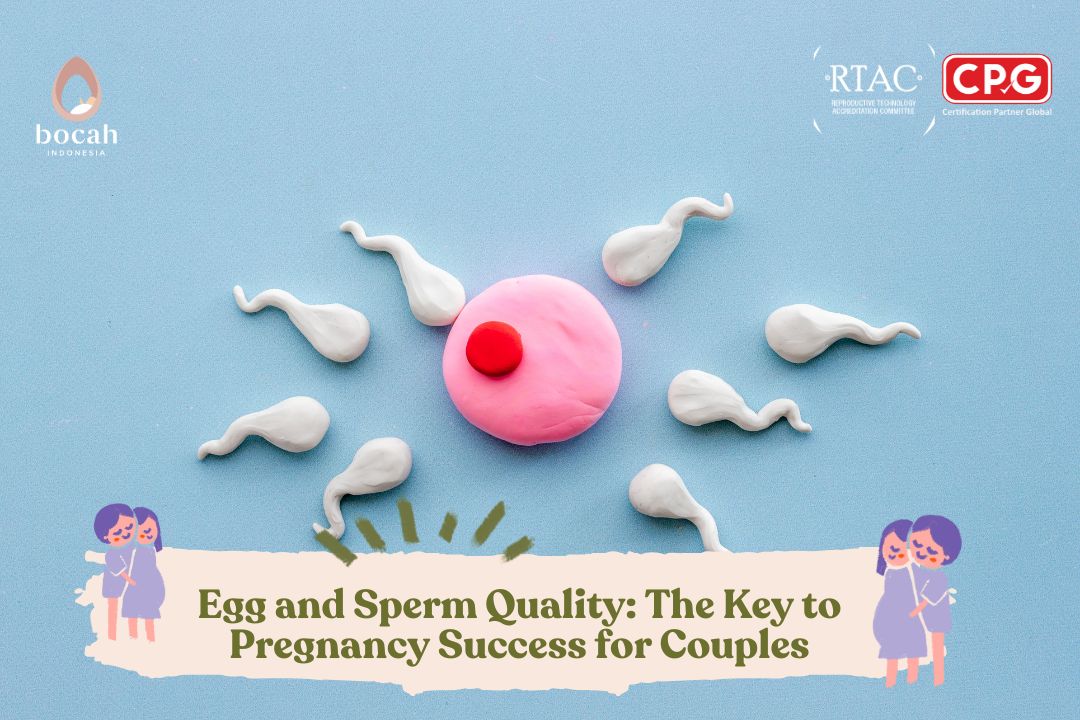Low Luteinizing Hormone (LH) – Causes and Treatments
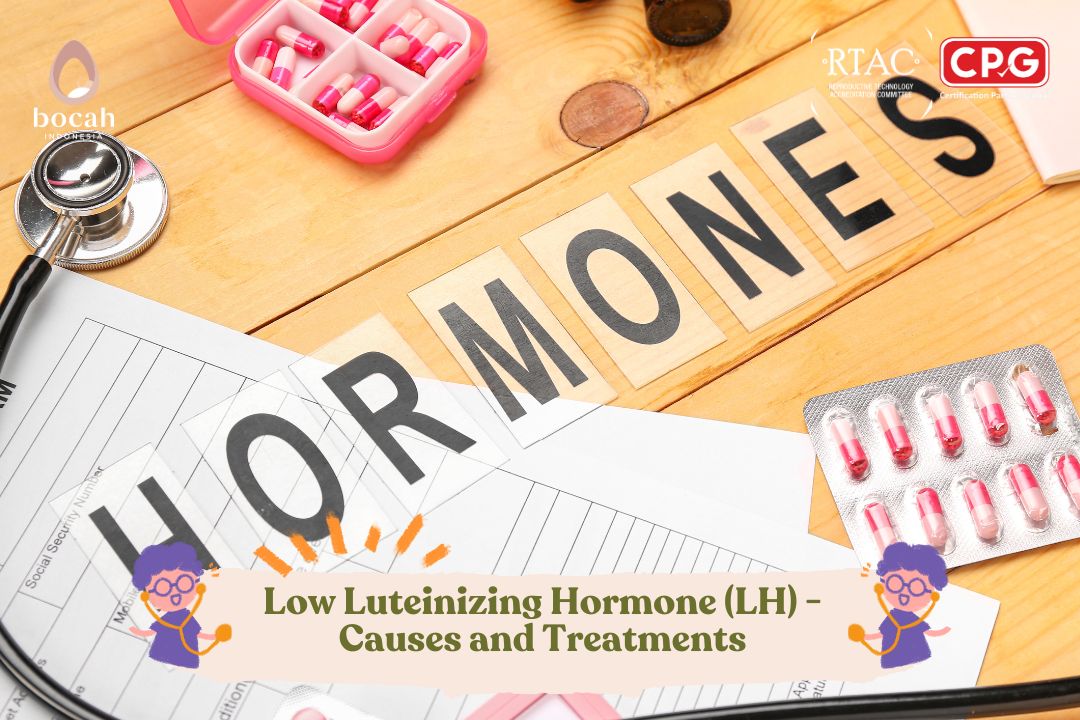
Luteinizing hormone (LH) is one of the gonadotropin hormones secreted by the pituitary gland in the brain. This hormone plays a crucial role in puberty and normal sexual function.
Luteinizing hormone (LH) is a type of gonadotropin hormone produced by the pituitary gland in both men and women. It is secreted in response to the gonadotropin-releasing hormone (GnRH), which is released by the hypothalamus in the brain.
LH levels fluctuate, especially during the menstrual cycle. Therefore, high or low LH levels at any given time do not necessarily indicate a problem. However, persistently low LH levels may signal that the pituitary gland is not producing enough LH to support the normal development of sexual organs and reproductive processes.
What Are Gonadotropins?
Before discussing LH deficiency in detail, let us first understand gonadotropins. These are hormones produced by the pituitary gland in the brain, triggering the development of puberty. The two primary gonadotropins are follicle-stimulating hormone (FSH) and luteinizing hormone (LH).
In girls, these hormones signal the ovaries to produce estrogen and progesterone. Subsequently, they stimulate breast development, ovulation, menstruation, and other changes, such as rapid height growth and changes in body shape. These hormones also stimulate the ovaries to produce small amounts of testosterone, which contribute to pubic hair growth, underarm hair, and acne. Typically, puberty in girls occurs between the ages of 8 and 12.
Tanya Mincah tentang Promil?
In boys, gonadotropins signal the testes to produce testosterone and begin sperm production. Testosterone causes the penis and testes to enlarge, facial hair to grow, the voice to deepen, and other body changes, such as increased height and muscle mass. Typically, puberty in boys occurs between the ages of 9 and 14.
If FSH or LH levels are insufficient, children may not enter puberty or may experience delayed pubertal development during adolescence. However, these hormones do not need to be supplemented until the child is ready for puberty. Sex hormones, such as testosterone for boys or estrogen and progesterone for girls, are then administered to initiate and maintain sexual development during puberty.
Causes of LH Deficiency
LH deficiency can be congenital or acquired. Depending on its production pathway, the cause can be traced to the hypothalamus or the pituitary gland. LH deficiency almost always occurs alongside FSH deficiency, as they originate from the same cells.
Hypothalamic Disorders
- Kallmann Syndrome: This congenital disorder is often accompanied by a reduced (hyposmia) or absent (anosmia) ability to detect odors. It is caused by a mutation in the KISS1 gene, a key regulator of reproductive hormones. This genetic mutation leads to the failure of gonadotropin-releasing hormone (GnRH) cells and neurons to develop, resulting in the lack of LH and FSH production. This is manifested as the absence of puberty and secondary sexual characteristics.
- Beta Subunit Mutation of LH: Mutations in this subunit make LH beta or receptors inactive. This results in infertility and amenorrhea due to the lack of LH activity required to trigger ovulation. LH levels may appear high but the mutated hormone does not function properly.
- Idiopathic Hypogonadotropic Hypogonadism (IHH): Hypogonadism is a condition where male testes or female ovaries produce little or no sex hormones. IHH refers to underdeveloped sex organs due to issues in the pituitary gland or hypothalamus. In IHH, there is no GnRH-induced release of LH and FSH, either totally or partially. This rare condition can affect both men and women.
- Stress-Related Hypogonadotropic Hypogonadism: This condition occurs due to hypothalamic suppression from prolonged intense physical exercise or extreme weight loss. This leads to increased corticotropin-releasing hormone (CRH) levels, which inhibit GnRH release from the hypothalamus. As a result, LH and FSH levels decrease, causing amenorrhea or the absence of menstruation.
Pituitary Disorders
Causes of LH deficiency due to pituitary issues are varied and include pituitary tumors, Sheehan syndrome, hyperprolactinemia, infections and inflammation, vascular injury, and trauma.
- Hyperprolactinemia: This condition typically arises from a prolactin-producing pituitary tumor (prolactinoma). Elevated prolactin levels inhibit FSH and LH release from the anterior pituitary, leading to hypogonadism, infertility, and galactorrhea (non-lactational milk secretion).
- Sheehan Syndrome: This condition results from severe postpartum hemorrhage, causing cell death in the pituitary gland. All hormones produced by this gland are reduced or absent (panhypopituitarism), including reproductive hormones such as FSH and LH, leading to hypogonadotropic hypogonadism.
Symptoms of LH Deficiency
In general, LH deficiency in women causes the ovaries to underproduce eggs and estrogen. In men, it causes the testes to underproduce sperm and testosterone, leading to reduced libido and fatigue. It also causes infertility in couples and delayed or absent puberty in children.
Symptoms by Age and Gender:
In Men
- Infants: Small penis (micropenis) and undescended testes (cryptorchidism).
- Children: Lack of testicular enlargement and no growth spurt during puberty.
- Adults:
- Low libido
- Fatigue
- Mood changes
- Infertility
- Erectile dysfunction
- Reduced facial/body hair
In Women
- Children: Lack of breast development during puberty.
- Adults:
- Low libido
- Fatigue
- Mood changes
- Infertility
- Hot flashes
- Irregular or absent menstruation (amenorrhea)
- Reduced pubic hair
- Inadequate milk production after childbirth
Diagnosing LH Deficiency
To diagnose LH deficiency, physicians will perform a thorough medical history review and physical examination. Diagnostic tests may include:
- Blood Tests: To measure hormones produced by the pituitary gland (FSH, LH) and other glands it regulates, such as the thyroid gland.
- Stimulation Tests: To measure specific hormone levels before and after administering medications that stimulate hormone production.
- Brain Imaging: MRI or CT scans can identify pituitary tumors or other abnormalities.
- Smell Test: To diagnose anosmia if LH deficiency is suspected to be related to Kallmann Syndrome.
Treating LH Deficiency
Treatment depends on the underlying cause, age, gender, and fertility goals.
For Men:
- Testosterone replacement therapy (patch, gel, injections, or oral medication) is given to induce puberty in prepubescent boys.
- For fertility, gonadotropin-releasing hormone (GnRH) is administered to stimulate sperm production, which may take up to two years.
For Women:
- Estrogen replacement therapy is provided to initiate puberty in prepubescent girls.
- To induce ovulation, gonadotropins such as HCG or HMG are combined with estrogen therapy.
Conclusion
Early recognition of LH deficiency is critical for normal puberty and growth. With appropriate treatment, individuals can achieve normal sexual development and may plan for fertility in the future with expert guidance.
Source:
- Dragotto J, et al. (2024). Effects of low luteinizing hormone serum levels on oocyte retrieval, fertilization rate, and embryo quality during controlled ovarian stimulation: results from a prospective cohort analysis. Gynecol Obstet Invest, 89(1), 50-8. URL: https://karger.com/goi/article/89/1/50/868929/Effects-of-Low-Luteinizing-Hormone-Serum-Levels-on
- Kazmi SRH, Can AS. Luteinizing Hormone Deficiency. [Updated 2023 Sep 4]. In: StatPearls [Internet]. Treasure Island (FL): StatPearls Publishing; 2024 Jan-. Available from: https://www.ncbi.nlm.nih.gov/books/NBK562219/
- Mayo Clinic. (13 Februari 2024). Hypopituitarism. URL: https://www.mayoclinic.org/diseases-conditions/hypopituitarism/symptoms-causes/syc-20351645
- MSD Manual Professional Version. URL: https://www.msdmanuals.com/professional/multimedia/lab-tests/luteinizing-hormone-lh.


